
Compact Trees and Shrubs for Small Spaces
Transform your petite yard into a lush oasis with our top recommendations for compact trees and shrubs for small spaces in hardiness zones 5 and 6. We understand the challenges posed by these demanding climates. But with the right plant selection, you can cultivate a vibrant and inviting outdoor space that thrives. Discover the perfect options for small yards and narrow spaces in our guide below.
Dwarf Korean Lilac
In small yards, this compact lilac variety shines with fragrant blooms in a stunning lavender hue. It serves as an ideal focal point or a charming addition to borders.
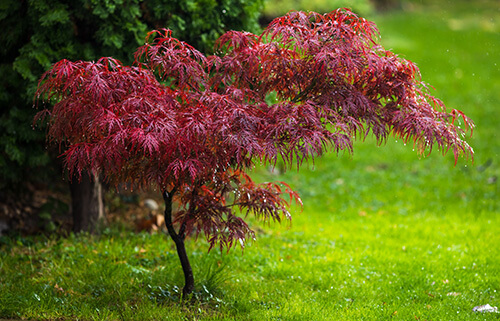 Japanese Maple
Japanese Maple
The compact “Crimson Queen” Japanese maple is a stunning ornamental tree prized for its compact size and rich burgundy cut-leaf foliage. It belongs to the Aceraceae family and is a dwarf cultivar of the Japanese maple species. The Crimson Queen typically grows to about 6 to 8 feet high. Its spreading, cascading form creates an elegant and graceful appearance.
Compact Burning Bush
Add a burst of color to your small yard with the Compact Burning Bush, known for its fiery fall foliage. Its compact size and low maintenance make it a popular choice for tight spaces.
 Boxwood
Boxwood
The boxwood is a popular evergreen shrub that belongs to the Buxaceae family. It is widely cultivated for its dense foliage and compact growth habit in landscaping and garden design. Boxwoods are versatile and known for their small, glossy, and leathery leaves.
Dwarf Balsam Fir
The Dwarf Balsam Fir is a variant of the balsam fir and is known for its compact size and dense growth habit. The dwarf balsam fir typically reaches a height of about 3 to 6 feet and has a pyramidal shape with short, soft dark green needles.
 Rhododendrons and Azaleas
Rhododendrons and Azaleas
In addition to their aesthetic appeal, these plants are admired for their compact growth habit. They typically form dense, rounded bushes with a well-branched structure. This makes them ideal for creating hedges, borders, or even standalone focal points. Their compact nature allows them to fit well in smaller gardens or confined spaces. And they provide a burst of color and greenery without overwhelming an area. It’s easy to maintain and shape these flowering shrubs through pruning, enabling gardeners to control their size and promote healthy growth.
Weeping Pussy Willow
With its graceful weeping branches and early spring catkins, the Weeping Pussy Willow brings whimsy and charm to small yards without overwhelming the space.
 Compact Hydrangea
Compact Hydrangea
‘Little Lime,’ a smaller version of the popular ‘Limelight,’ adds a touch of romance to limited spaces. With its showy, cone-shaped blooms, this hydrangea is beautiful in small areas.
Pencil Point Juniper
The Pencil Point Juniper is a fantastic addition to small yards. With its slender, columnar form and compact size, it adds a vertical elegance without taking up much space. The blue-green foliage adds a touch of colour and texture to your garden, making it an excellent choice for adding visual interest.
To achieve a stunning small yard in hardiness zones 5 and 6, selecting the right compact trees and shrubs for a small yard is crucial. Choose trees and shrubs that are naturally compact or can be pruned to fit your space, ensuring your garden is both beautiful and tailored to the demands of your region. Embrace the diverse colors, shapes, and sizes available among these selections, and witness your small yard transform into a captivating retreat that delights you throughout the seasons.


 Assessment and Safety Considerations
Assessment and Safety Considerations Fertilization and Hydration
Fertilization and Hydration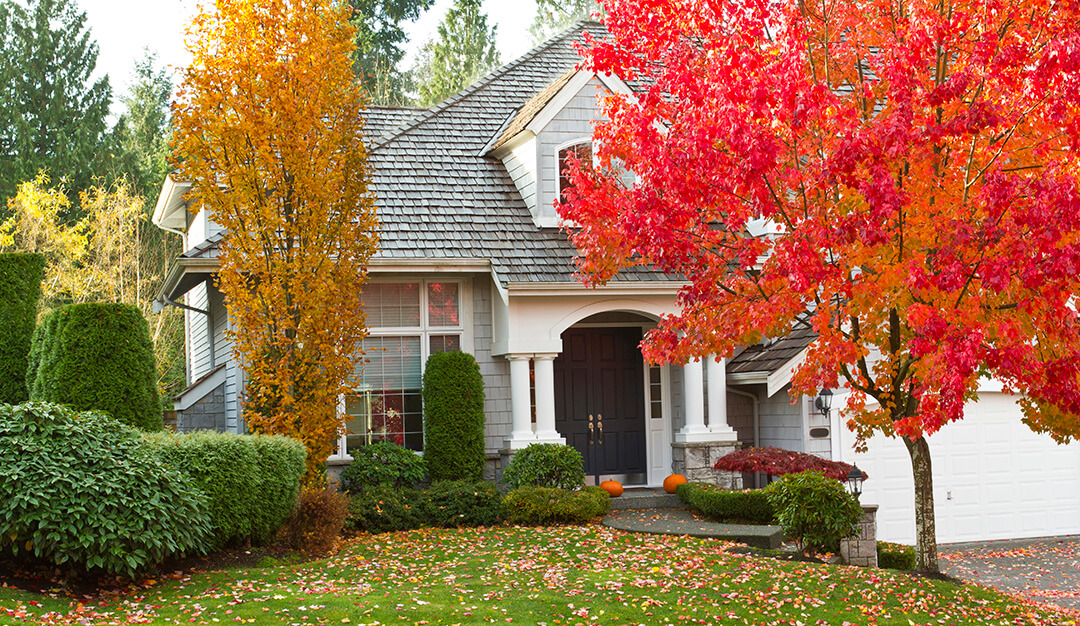
 Sugar Maple (Acer spp.)
Sugar Maple (Acer spp.)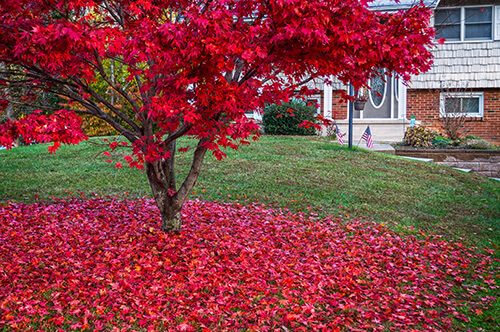 Japanese Maples (Acer palmatum)
Japanese Maples (Acer palmatum)
 Chrysanthemums (Chrysanthemum spp.)
Chrysanthemums (Chrysanthemum spp.) Virginia Creeper (Parthenocissus quinquefolia)
Virginia Creeper (Parthenocissus quinquefolia)
 In our region, the climate is perfect for many fragrant trees and shrubs that can be enjoyed throughout the year. In this blog post, we will look at some of the best trees and shrubs that are ideal for fragrance in Southwestern Ontario. Whether you are an experienced gardener or just starting, this post will help you create a beautiful, fragrant oasis in your own backyard.
In our region, the climate is perfect for many fragrant trees and shrubs that can be enjoyed throughout the year. In this blog post, we will look at some of the best trees and shrubs that are ideal for fragrance in Southwestern Ontario. Whether you are an experienced gardener or just starting, this post will help you create a beautiful, fragrant oasis in your own backyard. Katsura trees are unique deciduous trees that emit a refreshing, burnt sugar scent in the fall. They have heart-shaped leaves and attractive yellow flowers in the spring.
Katsura trees are unique deciduous trees that emit a refreshing, burnt sugar scent in the fall. They have heart-shaped leaves and attractive yellow flowers in the spring.



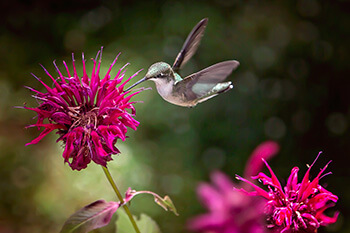 Lavender is renowned throughout the world for adding fragrance and beauty to any garden. This herb has beautiful purple blooms that fill the air with their calming scent.
Lavender is renowned throughout the world for adding fragrance and beauty to any garden. This herb has beautiful purple blooms that fill the air with their calming scent. This herb has delicate, fragrant flowers in vibrant shades of pink, purple, and white.
This herb has delicate, fragrant flowers in vibrant shades of pink, purple, and white.
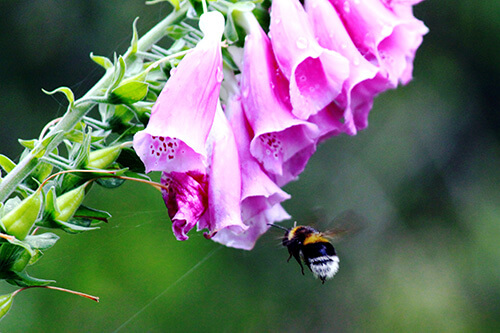 Planting a variety of
Planting a variety of 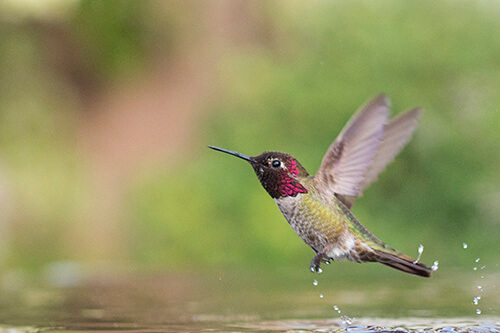 Providing a source of water is essential for wildlife in your backyard. Bird baths and
Providing a source of water is essential for wildlife in your backyard. Bird baths and  Keeping pets indoors or away from areas of wildlife activity is an important part of protecting wildlife in your backyard. Cats and dogs may be attracted to the small animals in your yard, such as birds, rodents, or other creatures. It is best to keep these pets inside or restrain them while they are outside so they do not disturb or harm any wildlife.Additionally, make sure that any outdoor dog runs are not set up in areas where wildlife likes to rest and feed. By taking these extra steps you can ensure that both your pets and the local wildlife stay safe and happy.
Keeping pets indoors or away from areas of wildlife activity is an important part of protecting wildlife in your backyard. Cats and dogs may be attracted to the small animals in your yard, such as birds, rodents, or other creatures. It is best to keep these pets inside or restrain them while they are outside so they do not disturb or harm any wildlife.Additionally, make sure that any outdoor dog runs are not set up in areas where wildlife likes to rest and feed. By taking these extra steps you can ensure that both your pets and the local wildlife stay safe and happy. Providing undisturbed areas in your garden is a great way to support local wildlife. By leaving some areas of your garden untouched, you are giving animals the chance to make their own homes without interruption from people or pets.This can take the form of wild patches of grass, untended corners of your yard, or piles of sticks and logs that provide harborage for small creatures. Even if it seems like doing nothing is best, keeping these areas free from human activity and disturbance will be beneficial to the wildlife that makes use of them.
Providing undisturbed areas in your garden is a great way to support local wildlife. By leaving some areas of your garden untouched, you are giving animals the chance to make their own homes without interruption from people or pets.This can take the form of wild patches of grass, untended corners of your yard, or piles of sticks and logs that provide harborage for small creatures. Even if it seems like doing nothing is best, keeping these areas free from human activity and disturbance will be beneficial to the wildlife that makes use of them.
 Forsythia – brilliant yellow blooms
Forsythia – brilliant yellow blooms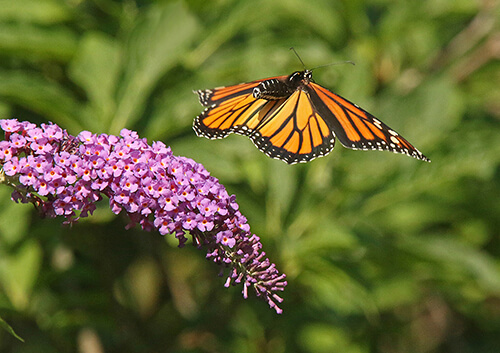 Spirea
Spirea Burning Bush
Burning Bush Red Twig Dogwood
Red Twig Dogwood